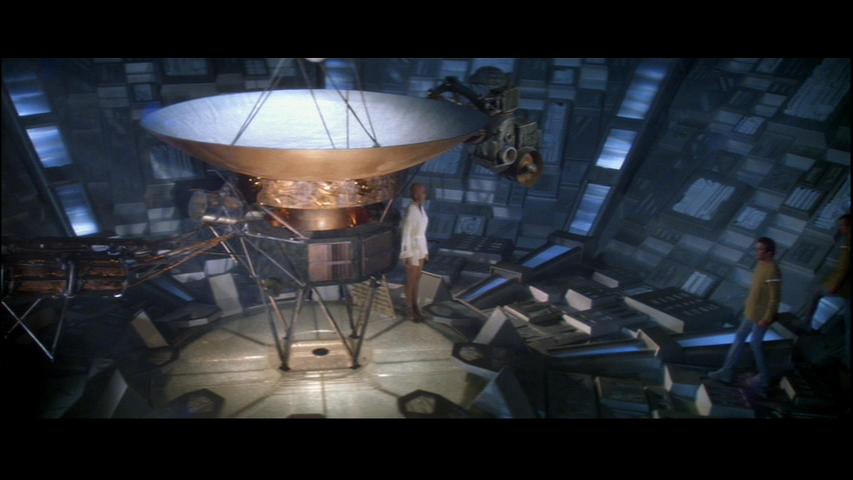- Joined
- Nov 20, 2007
- Messages
- 11,818
- Reaction score
- 641
- Points
- 188
http://pluto.jhuapl.edu/News-Center/News-Article.php?page=20160421
April 21, 2016
Pluto’s ‘Halo’ Craters
Within Pluto’s informally named Vega Terra region is a field of eye-catching craters that looks like a cluster of bright halos scattered across a dark landscape.




